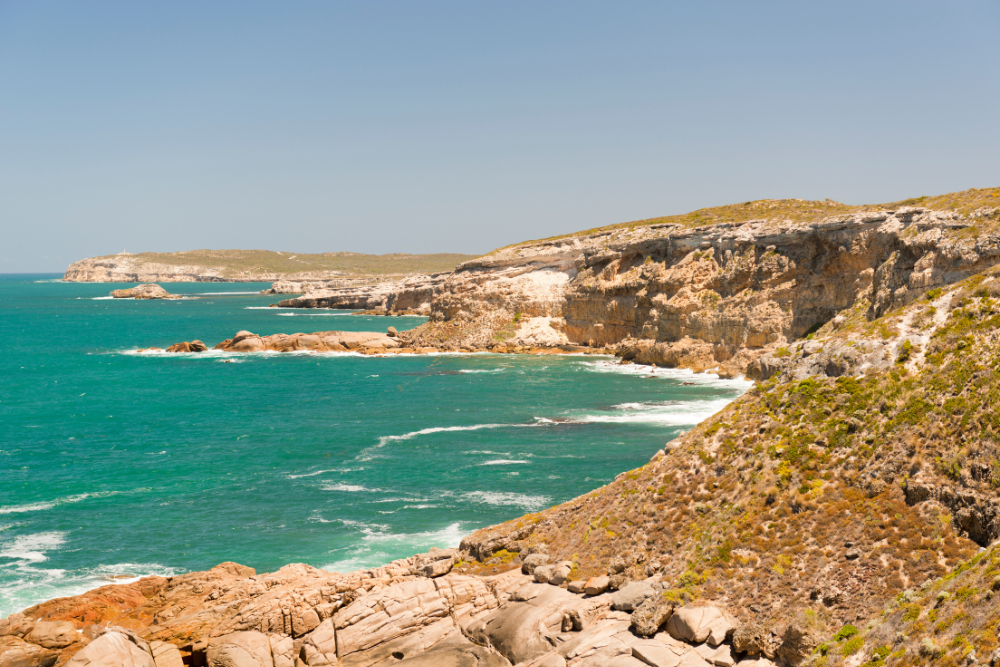Australia is home to some of the world’s most breathtaking and unusual rock formations, shaped by millions of years of natural forces. These geological wonders, scattered across the vast landscape, hold significant cultural, historical, and scientific importance. From iconic monoliths to intricate coastal formations, here’s a guide to the unique rock formations you should visit in Australia.
1. Uluru (Ayers Rock)
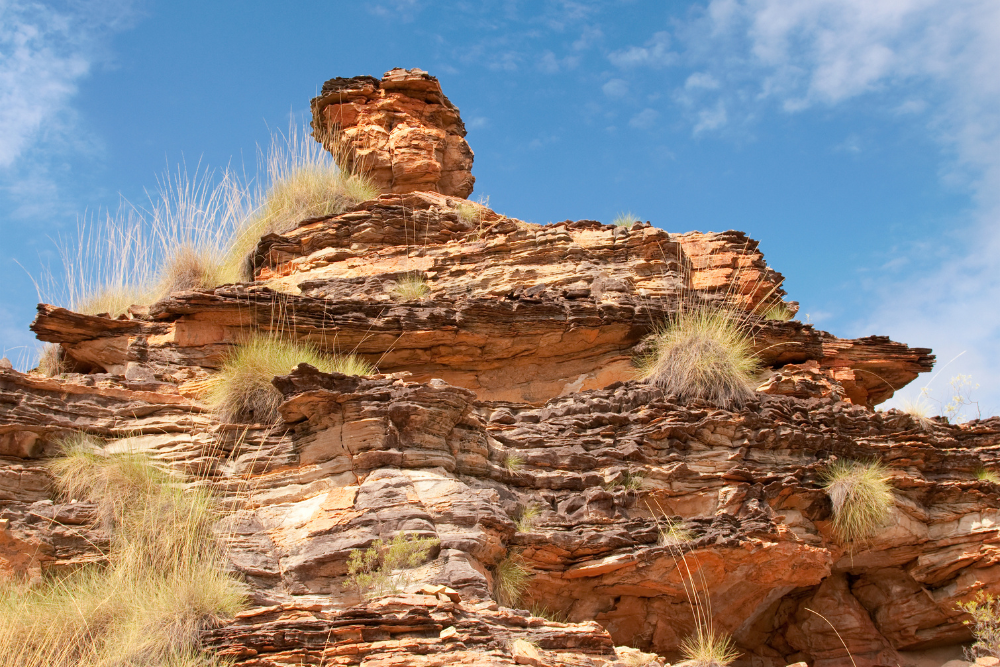
Located in the heart of the Northern Territory, Uluru is Australia’s most famous rock formation and a UNESCO World Heritage Site.
- Why it’s special:
- This massive sandstone monolith is sacred to the Anangu people, the traditional custodians of the land.
- Uluru’s surface changes color throughout the day, glowing red at sunrise and sunset.
- It is rich in Indigenous rock art and cultural stories.
- How to experience it:
- Walk the 10.6 km base trail or join a guided tour to learn about its cultural significance.
- Attend the “Field of Light” art installation, which illuminates the desert around Uluru.
2. Kata Tjuta (The Olgas)
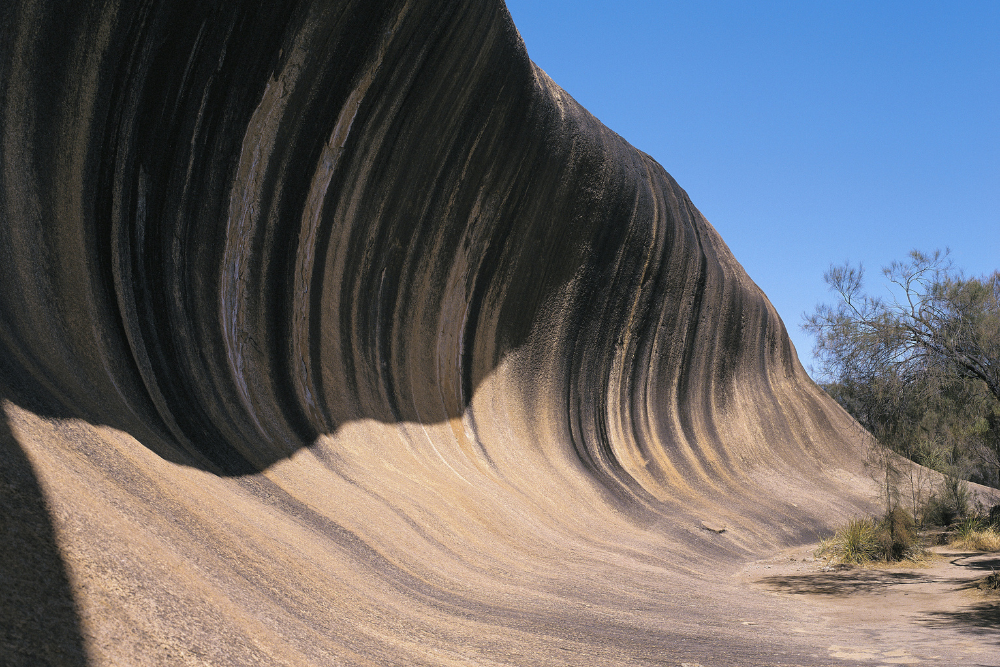
Just 50 km from Uluru, Kata Tjuta is a group of 36 domed rock formations in the same national park.
- What makes it unique:
- The domes are made of conglomerate rock, a mix of granite, basalt, and sandstone.
- The area has spiritual significance and is central to Anangu creation stories.
- Must-do activities:
- Hike the Valley of the Winds trail for incredible views.
- Witness the domes at sunrise or sunset for a mesmerizing display of colors.
3. Wave Rock
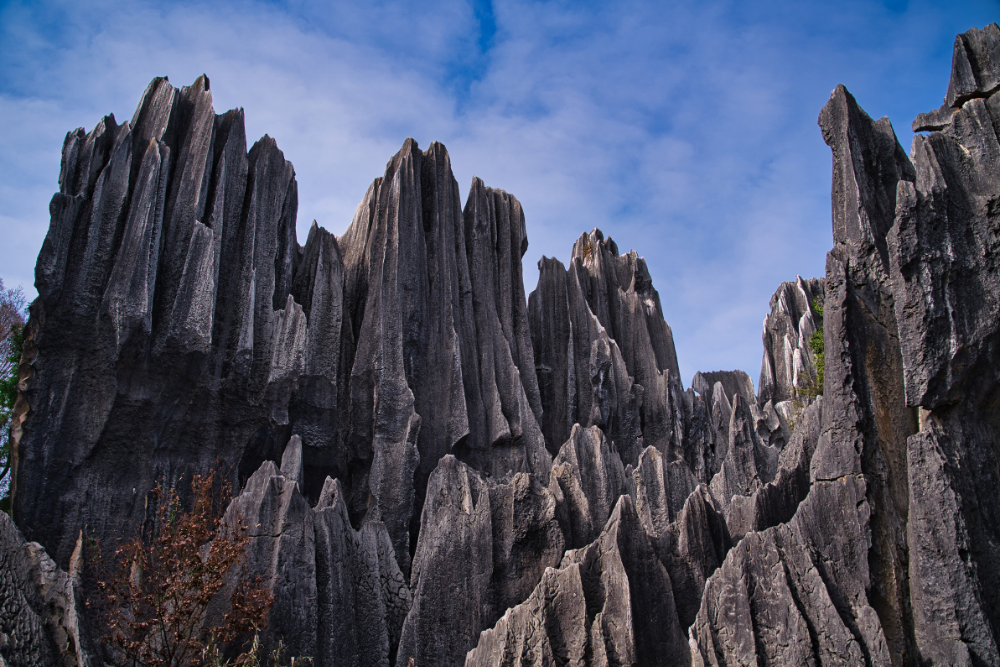
Wave Rock, located in Western Australia near the town of Hyden, is a natural rock formation shaped like a giant ocean wave.
- Why visit:
- This granite rock, standing 15 meters high and 110 meters long, was formed over 2.7 billion years.
- Its striped appearance comes from the mineral-rich rainwater that flows over the rock.
- Things to do:
- Walk along the base of the “wave” for stunning photos.
- Explore nearby attractions like Hippo’s Yawn, a rock resembling a yawning hippopotamus.
4. The Pinnacles
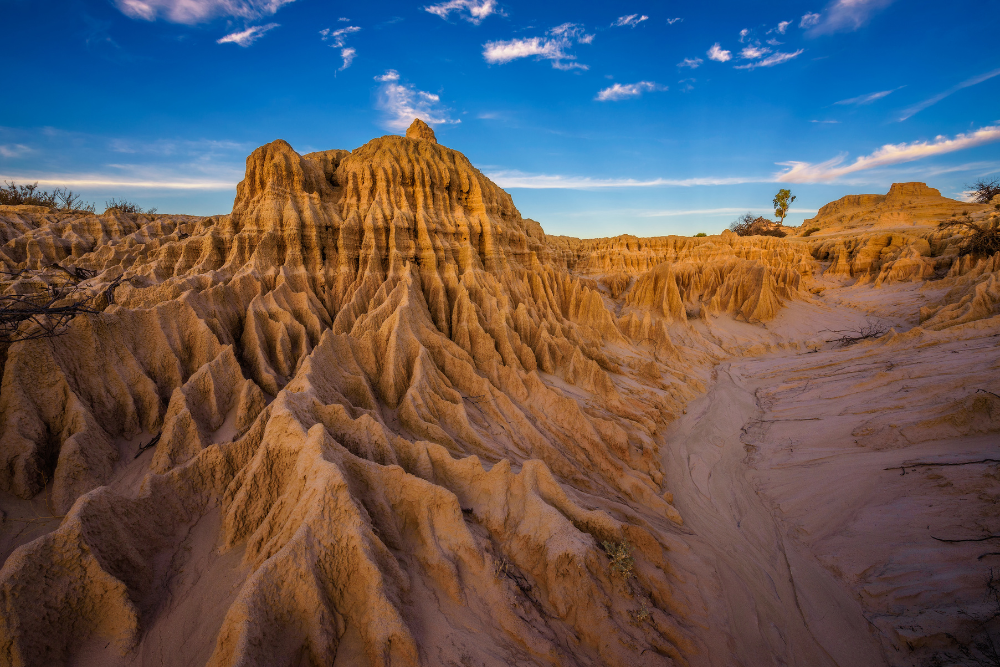
Found in Nambung National Park in Western Australia, the Pinnacles are thousands of limestone pillars rising from the desert sand.
- Unique features:
- The formations vary in size, with some reaching up to 3.5 meters in height.
- Scientists believe they were formed from ancient seashells over thousands of years.
- Best ways to explore:
- Drive through the park or take a walking trail to see the formations up close.
- Visit during sunrise or sunset for dramatic shadows and golden hues.
5. Bungle Bungle Range
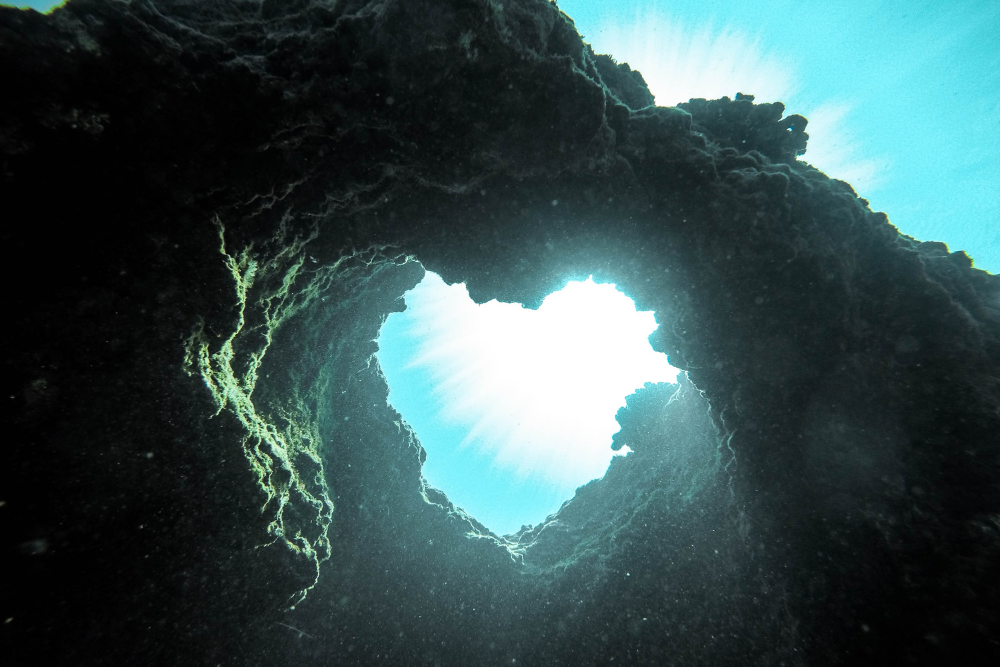
Located in Purnululu National Park in Western Australia, the Bungle Bungles are iconic beehive-shaped sandstone formations.
- What sets it apart:
- The striking orange and black striped domes were relatively unknown to the outside world until the 1980s.
- The stripes are caused by differences in clay content and algae growth.
- Don’t miss:
- Hike through Cathedral Gorge or Echidna Chasm for breathtaking views.
- Consider a scenic helicopter flight to fully appreciate the scale of the range.
Conclusion
Australia’s rock formations showcase the incredible power of nature and offer unique experiences for travelers. Whether you’re drawn to the cultural significance of Uluru, the dramatic beauty of the Twelve Apostles, or the surreal charm of the Pinnacles, these natural wonders are a must-see for anyone exploring the Land Down Under. So, pack your camera, lace up your hiking boots, and embark on an adventure to discover these geological masterpieces!



